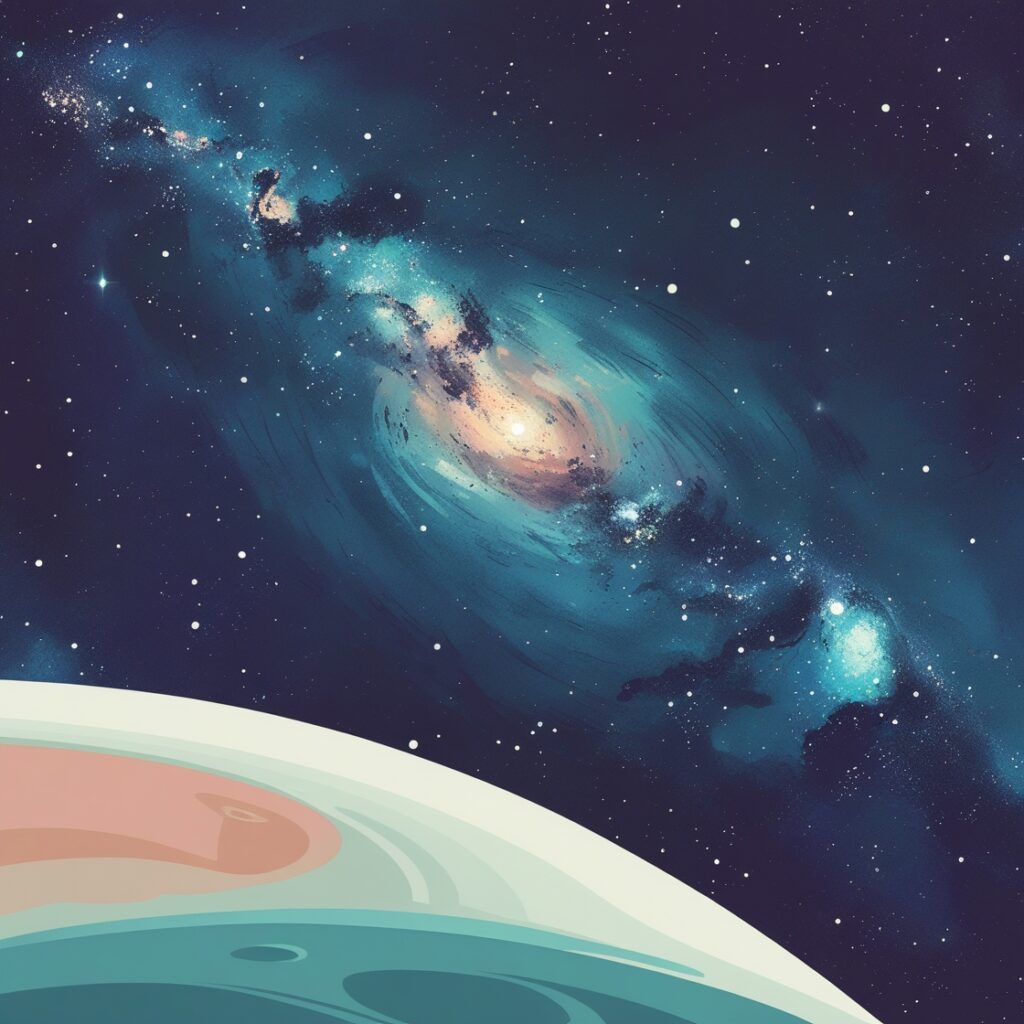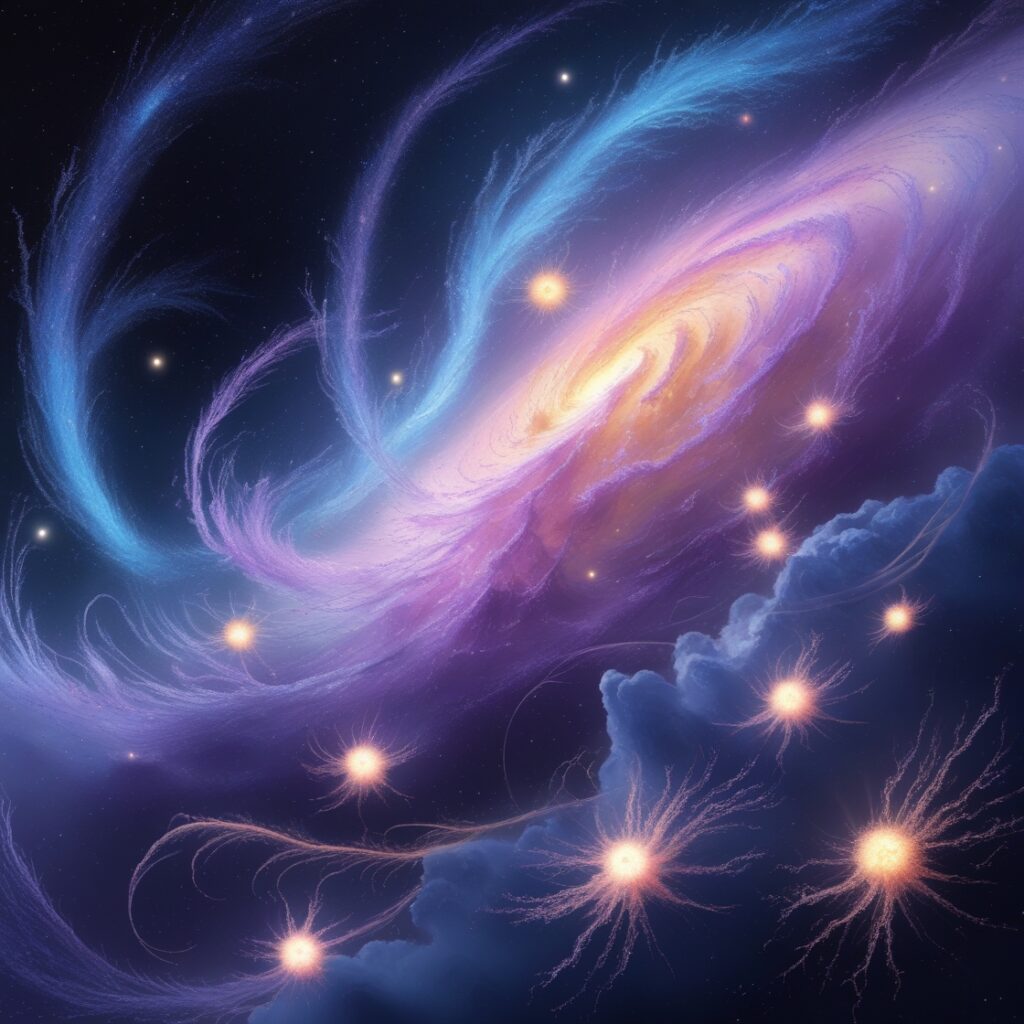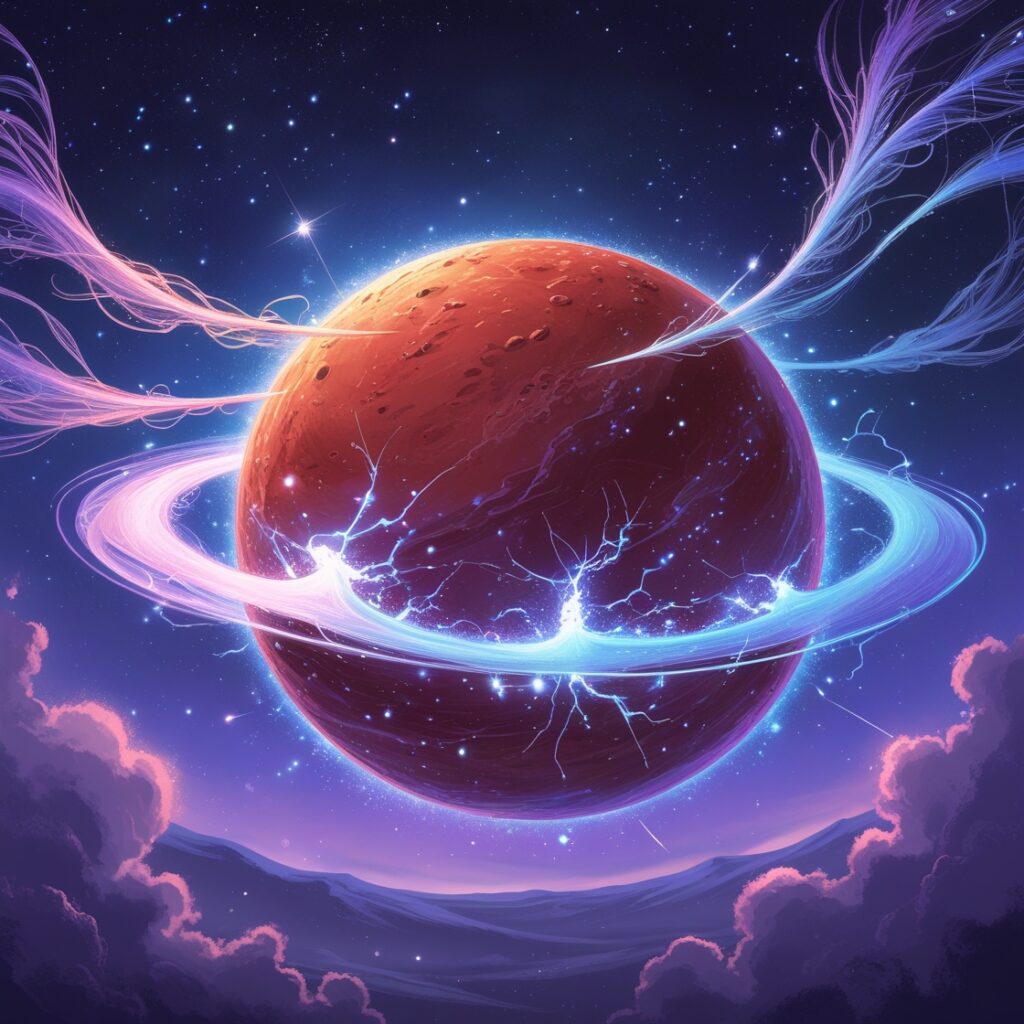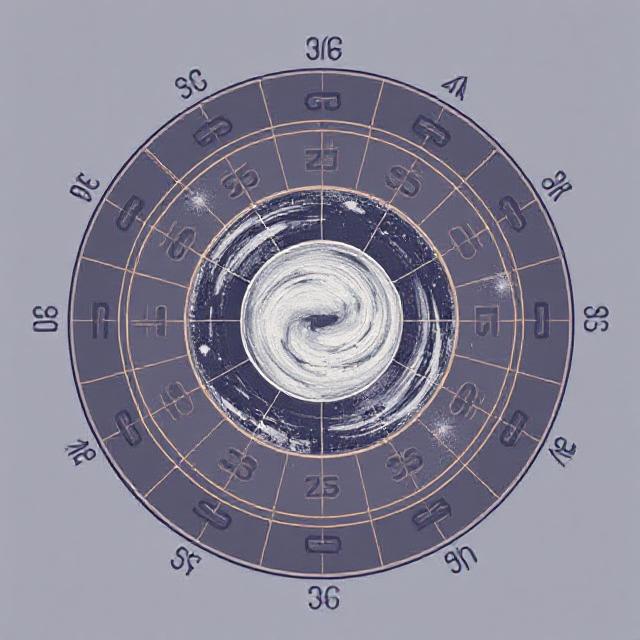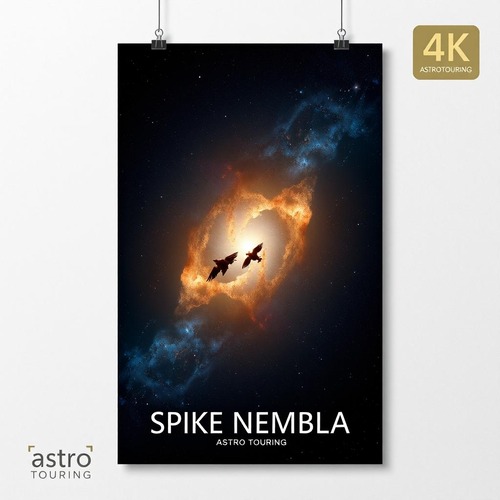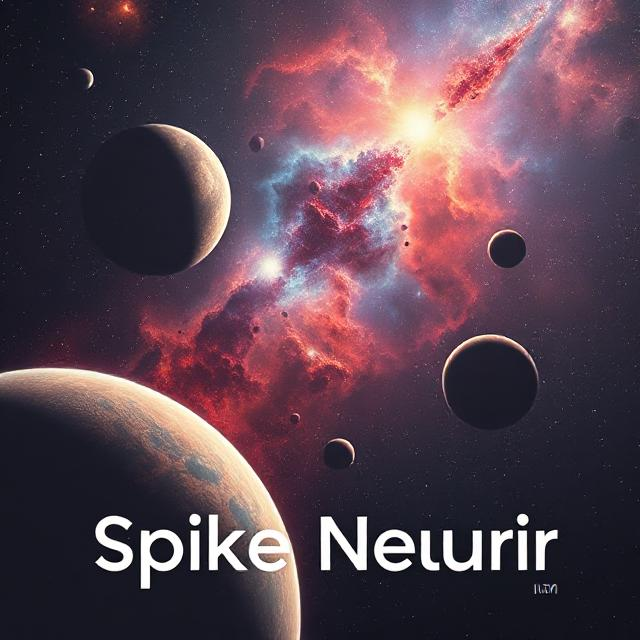JWST Identifies Tiny Free-Floating Brown Dwarf
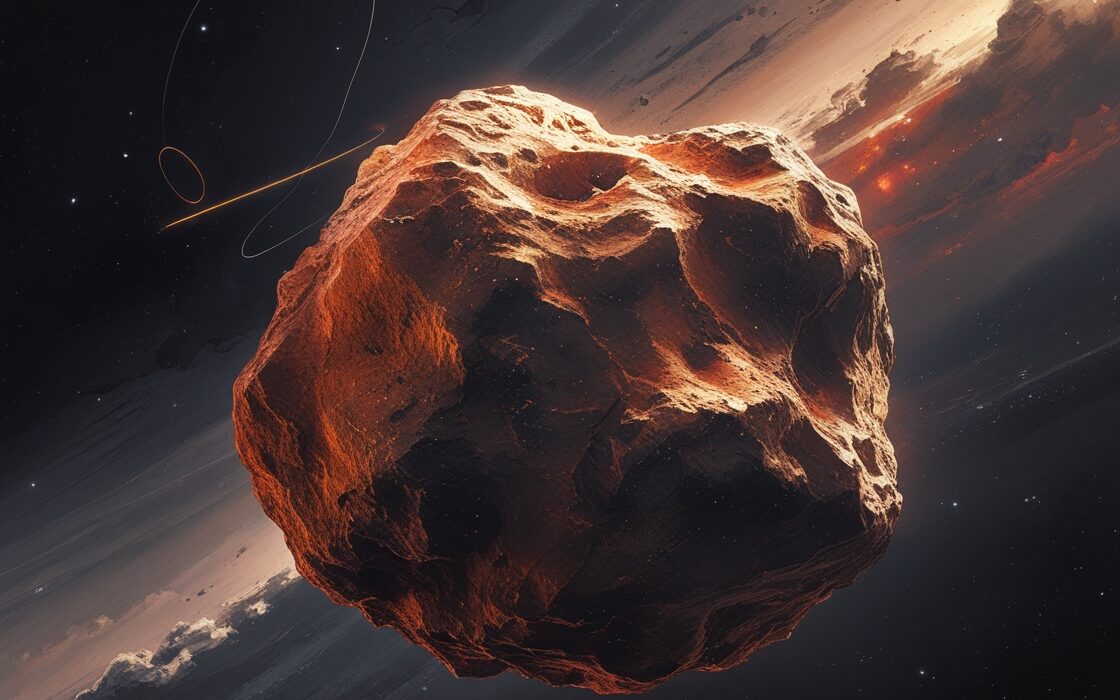

Unveiling a Celestial Wonder: The Smallest Brown Dwarf
Imagine a cosmic dance where the tiniest performer steals the spotlight — this is the story of the newly discovered brown dwarf, a minuscule astronomical object that challenges our understanding of the universe. At a mere 3 to 4 times the mass of Jupiter, this remarkable find is about 300 times smaller than our Sun, redefining the boundaries of what we consider a star.
The Quest for the Universe’s Diminutive Stars
In the quest to answer one of astronomy’s fundamental questions — “What are the smallest stars?” — researchers, led by Kevin Luhman from Pennsylvania State University, have ventured into the depths of space. Their journey, aided by the incredible sensitivity of the James Webb Space Telescope (JWST), led to the identification of this new record-holding brown dwarf.
Brown Dwarfs: The “Failed Stars” of the Cosmos
Brown dwarfs occupy a unique space between stars and planets. Though they form like stars from a collapsing gas cloud, they lack the necessary temperature and density to ignite nuclear fusion, earning them the nickname “failed stars.” These objects are smaller than low-mass stars but can be up to 70 times the mass of Jupiter, with atmospheres that resemble those of planets.
A Cosmic Treasure Hunt
The research team focused their efforts on the star cluster IC 348, a vibrant star-forming region located approximately 1,000 light-years away in the constellation Perseus. Home to around 500 young stars, this cluster is an ideal hunting ground for newly-formed brown dwarfs, still glowing in the infrared spectrum due to the residual heat from their formation.
JWST’s Near-Infrared Camera captured three intriguing brown dwarfs within this cluster, with masses ranging from 3 to 8 times that of Jupiter and temperatures soaring between 830 and 1,500 degrees Celsius. The smallest of these dwarfs presents a mystery: how could such a tiny object form in an environment with relatively weak gravitational forces? Solving this puzzle could significantly advance our understanding of star formation.
Expanding the Exoplanet Frontier
This study does more than just explore brown dwarfs; it also enhances our comprehension of exoplanets. Notably, the team detected hydrocarbons — molecules composed of hydrogen and carbon — in the atmospheres of two brown dwarfs. While hydrocarbons are known to exist in our Solar System’s Saturn and its moon Titan, this marks their first detection in an object beyond our cosmic neighborhood.
Astronomical Implications and Future Explorations
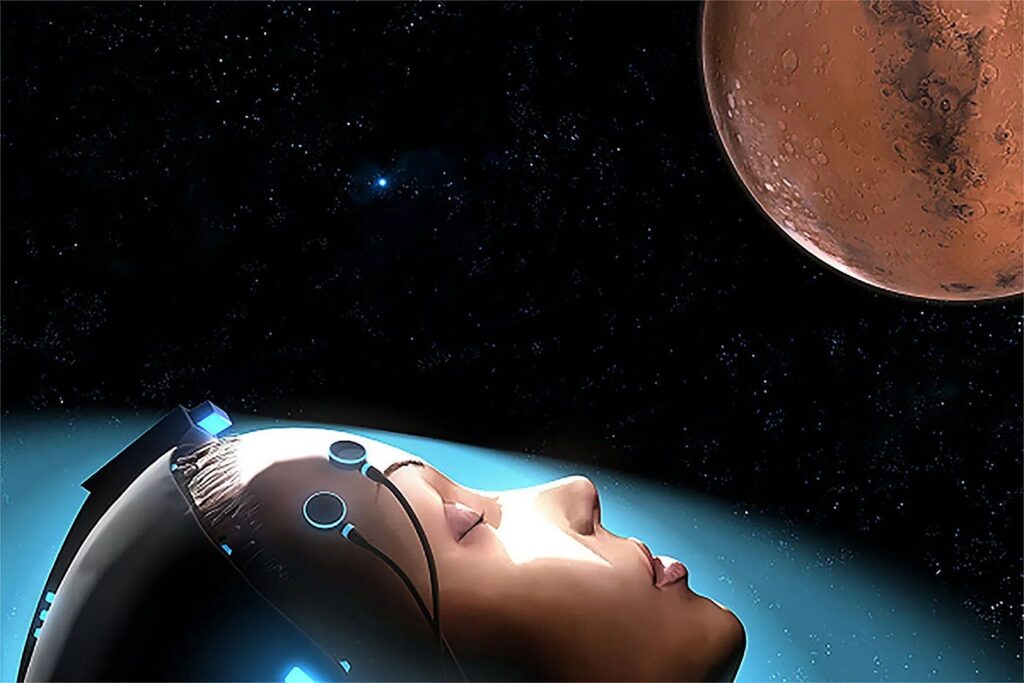

The findings challenge existing models of brown dwarf formation, raising the possibility that these objects might be rogue exoplanets instead. Yet, given the age of the star cluster, such planets are deemed unlikely, reinforcing the brown dwarf theory.
As we continue to explore the cosmos, further studies and broader surveys will not only help identify even smaller brown dwarfs but also deepen our understanding of how stars and planets come to be. This discovery is a testament to the ever-evolving narrative of the universe, inviting us to delve deeper into the mysteries of the celestial realm.
In this grand cosmic theater, the spotlight now shines on a tiny brown dwarf, beckoning astronomers to unravel its secrets and redefine the contours of the universe.



